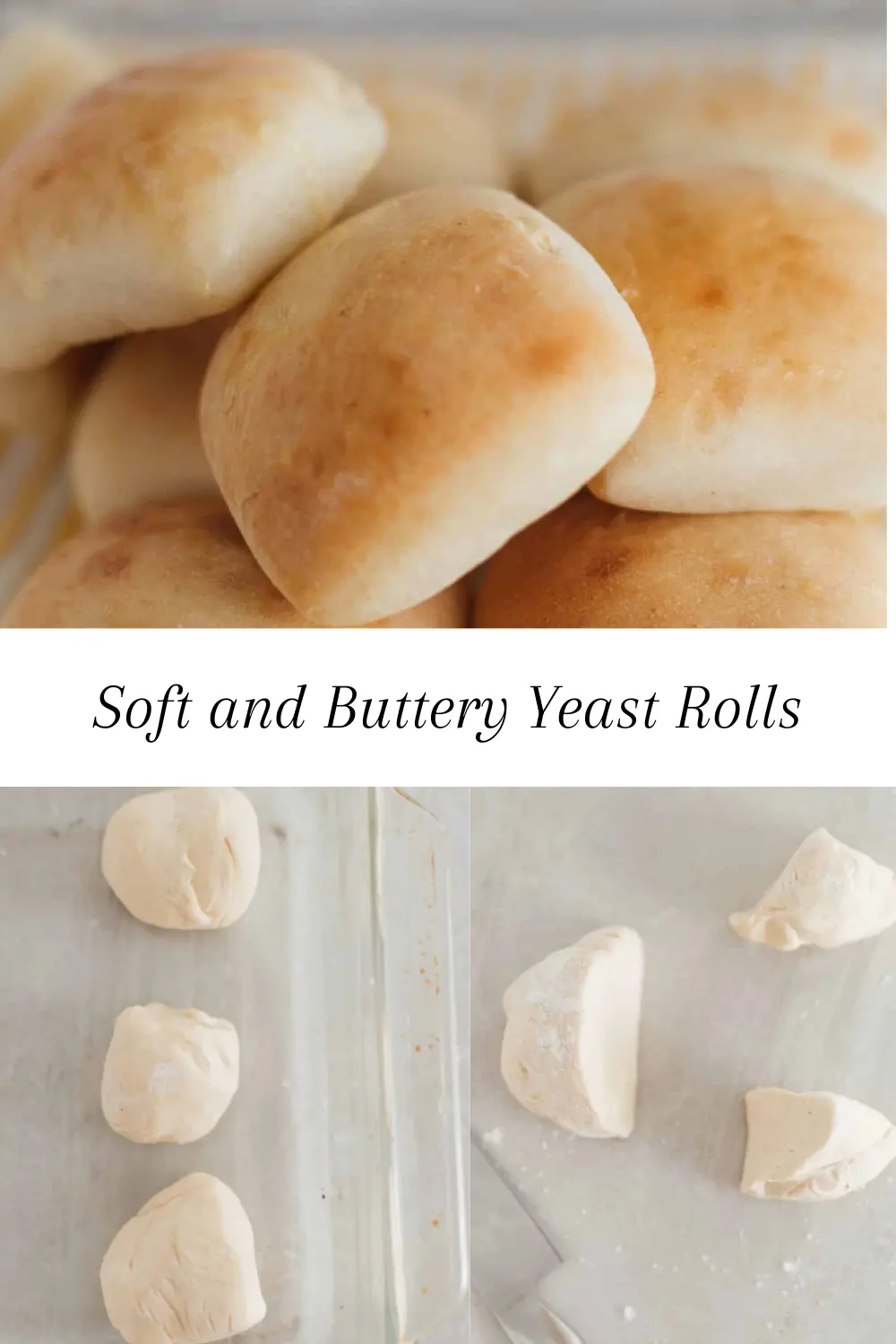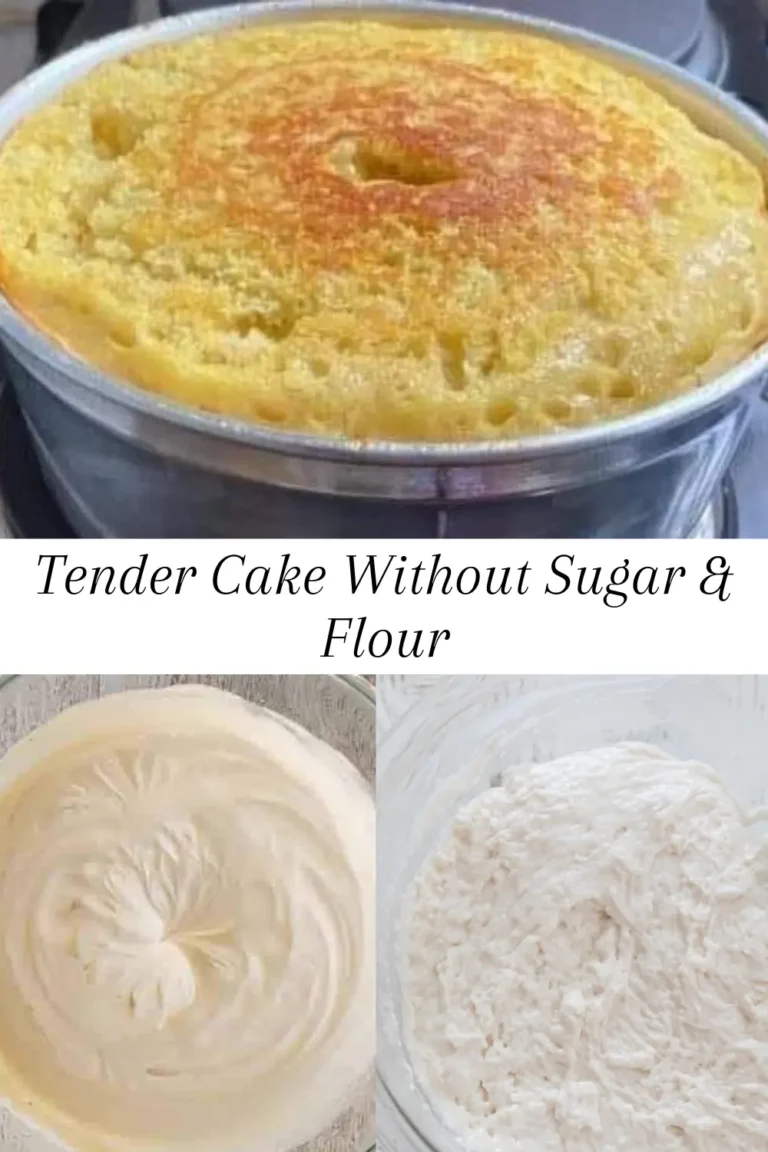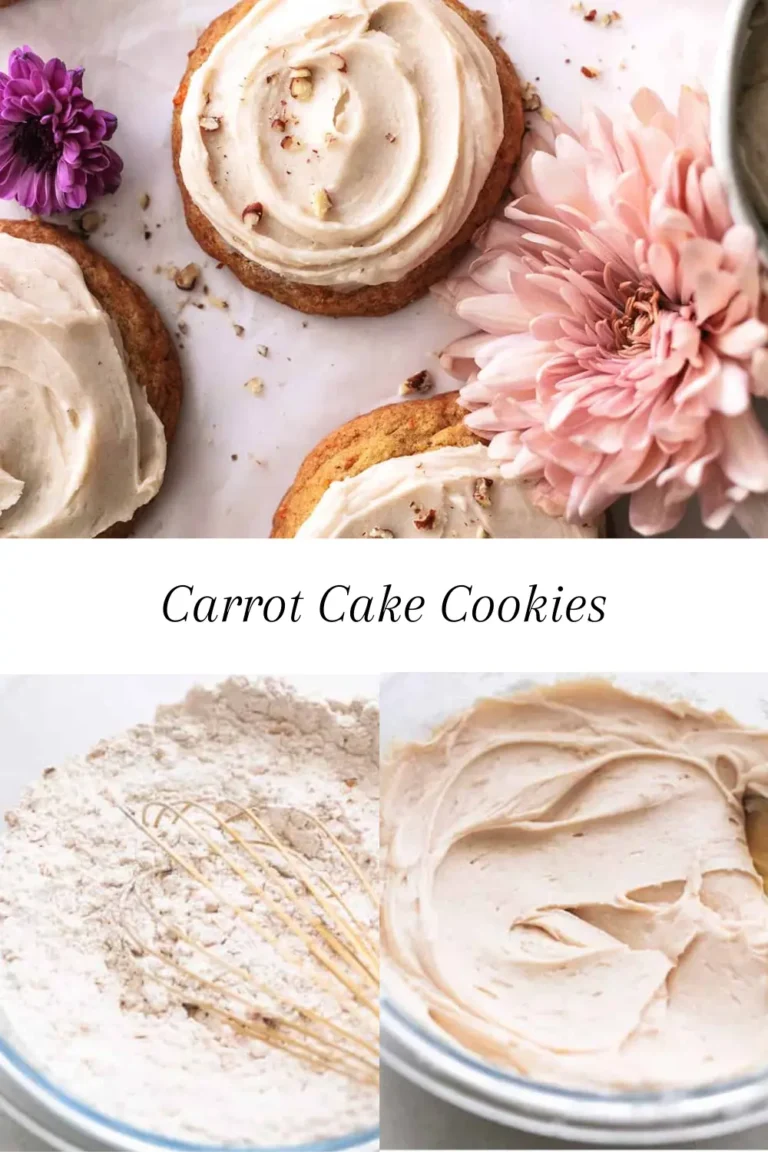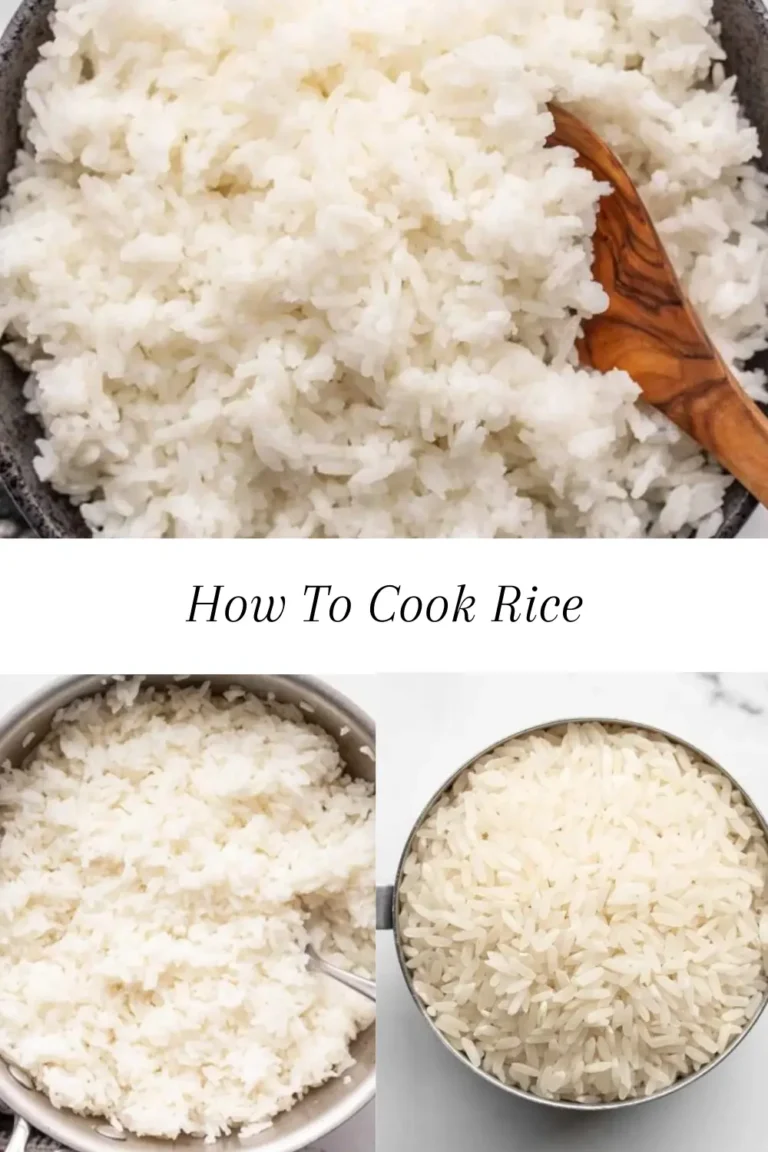Soft and Buttery Yeast Rolls
There is something inherently comforting about the smell of homemade bread wafting through the kitchen. In particular, the allure of soft and buttery yeast rolls evokes a sense of nostalgia, transporting many back to cherished memories of family gatherings and festive celebrations. The act of kneading dough becomes almost meditative, inviting one to engage in a timeless tradition practiced across cultures, where bread serves not merely as nourishment but as a cornerstone of connection and community.
In various culinary traditions, yeast rolls are often a staple at significant family events, reinforcing their cultural importance. Whether served at holiday feasts, Sunday dinners, or special occasions, these rolls are more than just food; they symbolize togetherness and hospitality. The warmth of fresh, soft and buttery yeast rolls draws people to the table, encouraging laughter, conversation, and shared experiences that linger long after the last bite.
Ingredients That Make Magic Happen
The secret to achieving soft and buttery yeast rolls lies in the careful selection and use of high-quality ingredients. Each component plays a crucial role in developing the rolls’ exquisite texture and rich flavor. At the heart of this process is **active dry yeast**, which is essential for allowing the dough to rise. This yeast works by fermenting the sugars present in the dough and releasing carbon dioxide, leading to the light and airy structure characteristic of these delightful rolls. Ensuring that the yeast is active is paramount; it can be tested by dissolving it in warm water along with a small amount of sugar, which will yield a foamy mixture if it’s alive and thriving.
Speaking of water, the temperature used for hydration methods is significant. Utilizing warm water and milk serves not just to activate the yeast but also to lend moisture to the dough, contributing to that sought-after softness. The combination of both liquids rich in fat—like whole milk—provides additional tenderizing effects. This moisture helps to enhance the rolls’ fluffy nature while also improving their shelf life.
Crafting the Perfect Dough
The process of crafting soft and buttery yeast rolls begins with the essential steps of mixing and kneading the dough. This tactile experience not only engages the senses but also allows bakers to develop a connection with their ingredients. To start, combine warm water, sugar, and yeast in a bowl, allowing the yeast to activate. Once frothy, incorporate flour and salt, forming a cohesive mixture. The next step is kneading, which plays a crucial role in gluten development—the network of proteins that give bread its structure and chewiness.
Kneading is best done on a lightly floured surface and requires about 8 to 10 minutes of diligent pressing, folding, and stretching until the dough becomes smooth and elastic. A good rule of thumb is to perform the “windowpane test”: take a small piece of dough and stretch it gently; if it forms a thin, translucent membrane without tearing, your dough is ready. This signifies adequate gluten development and indicates that your dough will produce soft and buttery yeast rolls upon baking.
Baking to Golden Perfection and the Joy of Sharing
Baking soft and buttery yeast rolls is both an art and a science, and achieving that perfect golden brown crust while ensuring the interior remains fluffy requires attention to detail. To start, it’s essential to follow a reliable recipe that uses high-quality ingredients, as they greatly contribute to the rolls’ texture and flavor. When preparing the dough, kneading it until smooth and elastic is crucial, as this process develops the gluten that gives yeast rolls their delightful chewiness.
As the rolls rise, keep in mind that the environment plays a significant role; a warm, draft-free place is ideal for yeast activity. After the second rise, when the dough has doubled in size, carefully shape the rolls and place them in a baking pan, ensuring adequate spacing for them to expand further while baking.
Ingredients
- 1 pkg dry active yeast
- ¼ cup hot water
- 1 cup granulated sugar
- 1 cup milk
- 6 tbsp butter, divided
- 1 large egg
- Pinch of salt
- 4 ½ cups all purpose flour
Instructions
- Place the hot water into a mixing bowl and add the package of yeast.
- Stir and leave it to sit, untouched for 10 minutes.
- In a saucepan on medium heat, add the milk, sugar and ¼ cup of the butter. Heat until the sugar is dissolved and the butter is melted
- Let the milk cool to 115*, at that temp it can be poured into the mixing bowl with the yeast
Mix together - While mixing, add the egg into the bowl
- Slowly begin adding the flour to the bowl while continuing to mix
- Continue adding the flour and also add the salt
- Flour a large bowl and place the dough into the bowl
- Cover and let the dough rise for 1.5 hours, until the dough is double in size
Preheat the oven to 350* - Punch down the dough and sprinkle flour on the counter
- Separate the dough into 4 sections
- Working with one section at a time, Separate those sections into 4 pieces
- Roll each of the pieces into a round shape and place into a greased 9×13 baking pan
- Bake for 20 minutes until lightly browned
- With the remaining 2 tbsp butter, brush the tops of the rolls once done baking.
- Enjoy!







